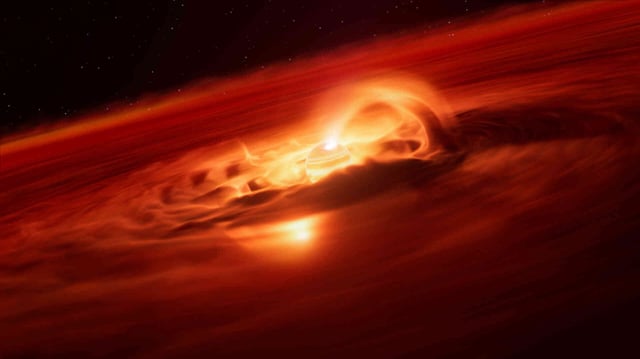Overview
- Researchers identified the object as Cha 1107-7626, a planetary-mass body about 620 light-years away in the Chamaeleon constellation with roughly five to ten Jupiter masses.
- The accretion peak is the strongest ever measured for a planet-like object, according to the team led by Víctor Almendros‑Abad at the Astronomical Observatory of Palermo.
- Monitoring showed highly variable intake, with the August rate about eight times higher than just a few months earlier.
- Spectra indicate stellar-like behavior, including magnetic activity influencing the inflow and hydrogen emission detectable only during the burst, signaling transient chemistry changes in the disk.
- High-resolution data from ESO’s Very Large Telescope enabled the measurements, and the authors note that the formation pathway of such starless, free-floating planets remains unresolved.
